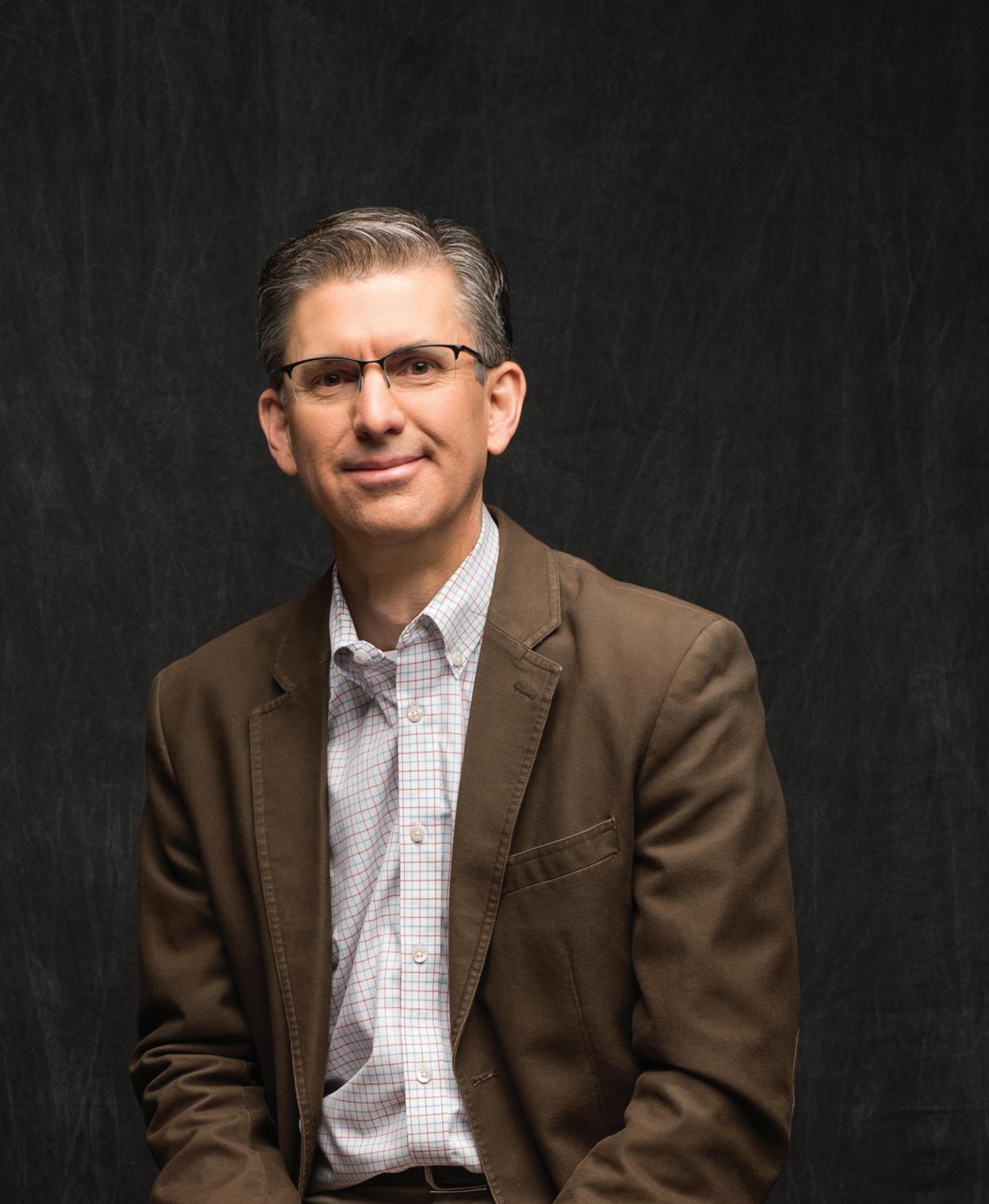
4 minute read
Bringing Hope to the Opioid Epidemic
CARE + COMMUNITY
Bringing Hope to the Opioid Epidemic
Former ski racer Ashley McAuliffe suffered numerous ski-related injuries, including broken ankles and wrists, throughout her career. At age 18, the pain became so intense that she was prescribed opioids to cope. Three years later, she found herself addicted to the very pills that were supposed to help her. Eventually, her physicians refused to fill the prescriptions and she turned to heroin. After a downward spiral that landed her in rehab three times, McAuliffe, now 35, finally found the help she needed at a clinic in Steamboat Springs, Colorado, thanks to an innovative treatment program spearheaded by the CU College of Nursing.

In 2017, Colorado lawmakers passed Senate Bill 17-074, providing funding for a pilot program to deliver medication-assisted treatment to
victims of the opioid epidemic. In the program, CU Nursing faculty train local nurse practitioners and physician assistants to deliver treatment at three clinical sites in Pueblo and Routt counties. The treatment is an effective approach to treating opioid addiction, combining medication with long-term behavioral therapy.
The program is just one of many initiatives under the Colorado Consortium for Prescription Drug Abuse Prevention, housed at the CU Skaggs School of Pharmacy and Pharmaceutical Sciences. The consortium is under the umbrella of the Center for Prescription Drug Abuse Prevention, established this past summer. The center gives the CU Anschutz community opportunities to collaborate and coordinate across disciplines.

“Our mission is to reduce the misuse and abuse of prescription drugs in Colorado through policy work, programs and partnerships,” said Robert Valuck, PhD, the consortium’s director. “Philanthropic partners like the Colorado Health Foundation and CoBank are especially vital, helping accelerate our efforts to combat the opioid epidemic across our state.”

Tanya Sorrell, PhD, a CU Nursing faculty member and psychiatric nurse practitioner, oversees the medication-assisted treatment program. “People who live in rural areas are more susceptible to opioid abuse because of socioeconomic conditions and lack of access to mental health services,” she said. “There’s also more physical labor involved in these areas, so pain medications prescribed for work-related injuries can often lead to addiction.”
Through the program, nurse practitioners and physician assistants deliver a two-pronged approach to help opioid addicts remain sober longer and, eventually, manage their addiction.
Suboxone, methadone and naltrexone help manage withdrawal symptoms. They also stabilize chemical reactions in the brain to balance anxiety, mood and emotional issues that commonly co-occur with substance abuse disorders. In this way, these medications help bolster patients’ recovery by allowing them to benefit from behavioral therapy support services.
Cognitive behavioral therapy helps patients learn how to refocus negative thoughts and self-perceptions, and to address problems in a healthier way than by self-medicating. Through reinforcement therapy, patients stay sober longer by learning how to reward themselves for making positive decisions. By learning to recognize triggers, patients are better prepared to manage stresses that can lead to relapse. Case management services
help patients as they work to secure the housing, employment or education they need to regain their footing.
The program also addresses one of the most damaging aspects of the opioid epidemic: stigma. “We still hear that opioid addiction is a moral issue or failure,” said Sorrell. “Since the program began, we’ve been helping to educate the community, as well as health care providers and law enforcement, in an effort to remove harmful labels and stigmas that keep people from getting treatment.”
Since inception, the program has benefitted more than 670 Coloradans — hundreds of individuals who may not have otherwise received care for their addiction. This year, Senate Bill 19-001 will expand the program to 10 more clinical sites in the San Luis Valley and two additional counties — meaning that scores of people like McAuliffe will get the treatment they need.
“We’re improving the quality of life of each person we reach through treatment,” said Sorrell. “The program helps them sober up, return to work and their families, and become contributing members of society again. We’re helping them get their lives back.”
McAuliffe has been out of the program for more than a year. She said, “My care team helped me tremendously — they checked on me regularly, even after I didn’t need treatment anymore. Now, I’m exercising again and taking care of myself. I’m good.”

For now, the fight against the opioid epidemic endures. The medicationassisted treatment program is just one way that the consortium is making a positive difference in lives as it tackles the epidemic from all sides.
“We continue to face a daunting challenge,” said Dr. Valuck. “I’m encouraged by the progress we’re making — we’re creating innovative programs that are examples for the rest of the nation, we’re building centers and programs that will enable us to sustain our work, and we’re making a difference across our state.”
This program is one of many at CU Anschutz focused on changing the addiction landscape throughout Colorado.









